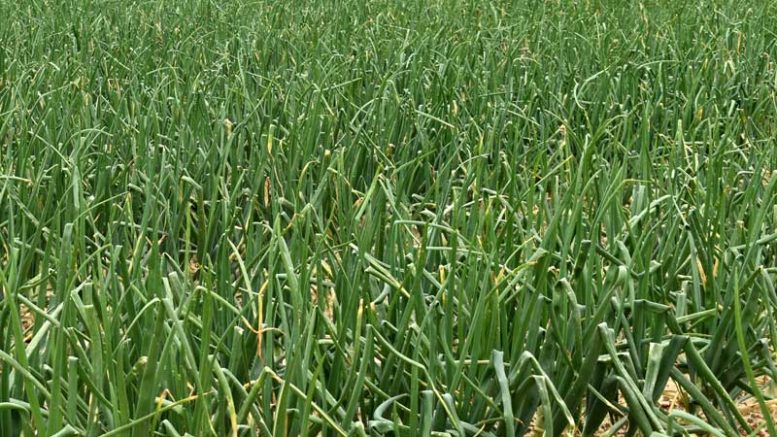By Amanda Ramcharan
If a plant decided to go on a diet, what do you think it would choose to be as healthy as possible? It turns out that plants, like humans, rely on essential nutrients to maintain a healthy and balanced lifestyle. The Sustainable, Secure Food blog explores the functions of the essential nutrients plants need to thrive.
Blogger Amanda Ramcharan highlights macronutrients like nitrogen, phosphorus and potassium, as well as micronutrients, such as calcium, magnesium and sulfur.
Plants use nitrogen to create amino acids, the building blocks of proteins. Proteins are essential for all human and plant cells. In addition to creating amino acids, nitrogen is a component of the chlorophyll molecule. So, nitrogen influences the photosynthesis process!
Without a balanced “diet” of these nutrients, plants may look sick. Certain processes within the plant can slow down or even stop. For example, sulfur is essential for chloroplast growth. Chloroplast is what makes leaves look green. When a plant doesn’t have enough sulfur, new plant growth will appear yellow.
So why not load on the fertilizer, you may ask? These essential nutrients can still be toxic to plants. For instance, applying too much phosphorus to a plant can cause it to have iron and zinc deficiencies.
To learn more about what nutrients do for plants, read the entire blog:
Originally published on Sustainable, Secure Food, a blog of the American Society of Agronomy and Crop Science Society of America

